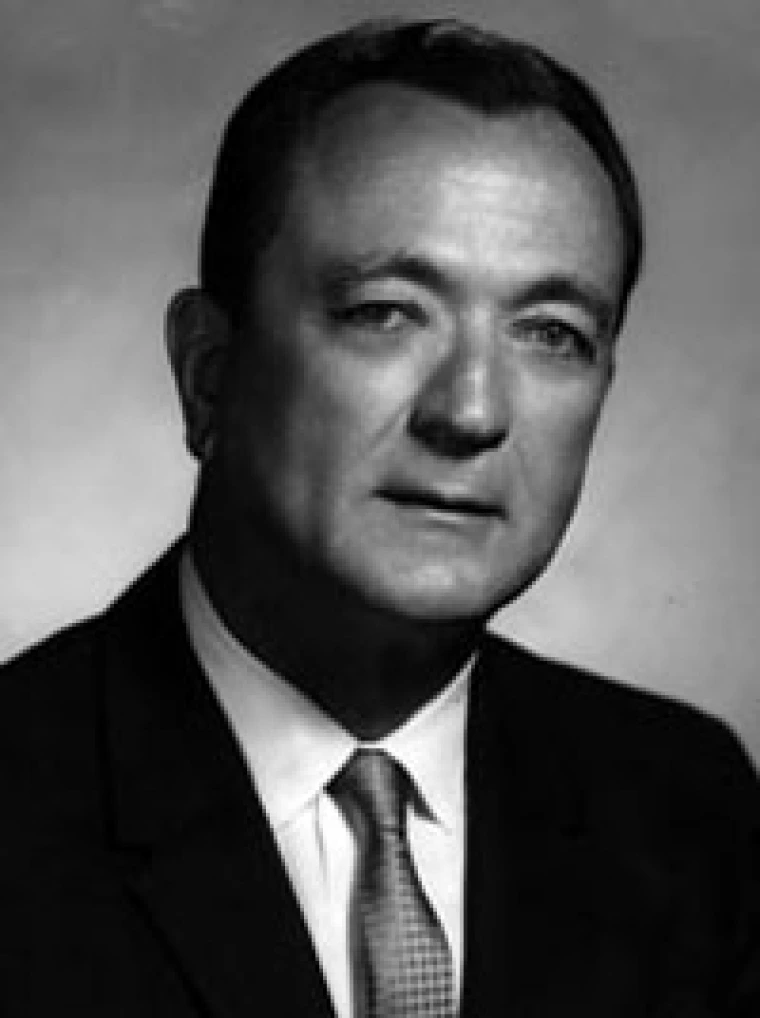Richard Anderson Harvill

Years: 1951-1971
Presidential Order: 14th President
When Richard Anderson Harvill came to Tucson in 1934 as an assistant professor of economics, he held a bachelor’s degree in economics from Mississippi State College, a master’s degree from Duke University and a doctorate from Northwestern University.
During World War II, Harvill worked with the Arizona Office of Price Administration in Phoenix and then returned to the University as dean of the Graduate College for a year before he became dean of the College of Liberal Arts. He was selected as the University of Arizona’s 14th president in 1951. His 20 years as head of the University resulted in growth and expansion in many areas. Nineteen buildings were built during his first decade as president, followed by an additional 26 buildings between 1961 and 1971.
During Harvill’s tenure, four new colleges were established at the University – the College of Nursing in 1956, the College of Medicine in 1961, the College of Architecture in 1964 and the College of Earth Sciences in 1971.
Enrollment, which stood at 5,700 in 1951, increased to over 26,500 by 1971. Faculty and staff increased from around 1,100 to nearly 8,600. When Harvill took office there was one vice president; when he left, there were five, plus a provost for academic affairs. KUAT, the UA Press, and the development of observatories atop Kitt Peak all came into being during his term.
Harvill presided over two major celebrations in University history – the University’s 75th anniversary in 1960 and the nationwide Land-Grant Centennial in 1962. His last official ceremony was commencement in 1971, at which he proudly awarded degrees to the College of Medicine’s first 29 medical doctors. Toward the end of his presidency, on the north side of campus near the old polo field, a teaching hospital was being built. Harvill would live to see it become University Medical Center.
Many of the programs that make the University a nationally recognized institution were established during Harvill’s presidency. The University’s annual summer school in Guadalajara, Mexico, the Environmental Research Laboratory, the College of Optical Sciences, the Office of Arid Lands Studies and the Water Resources Research Center all started during his administration. Additionally, it was during Harvill’s presidency that the University joined the Association of Universities for Research in Astronomy, better known as AURA.
After his retirement in 1971, Harvill was named President Emeritus and continued to live in Tucson. He died at University Medical Center at the age of 83 in November 1988.

